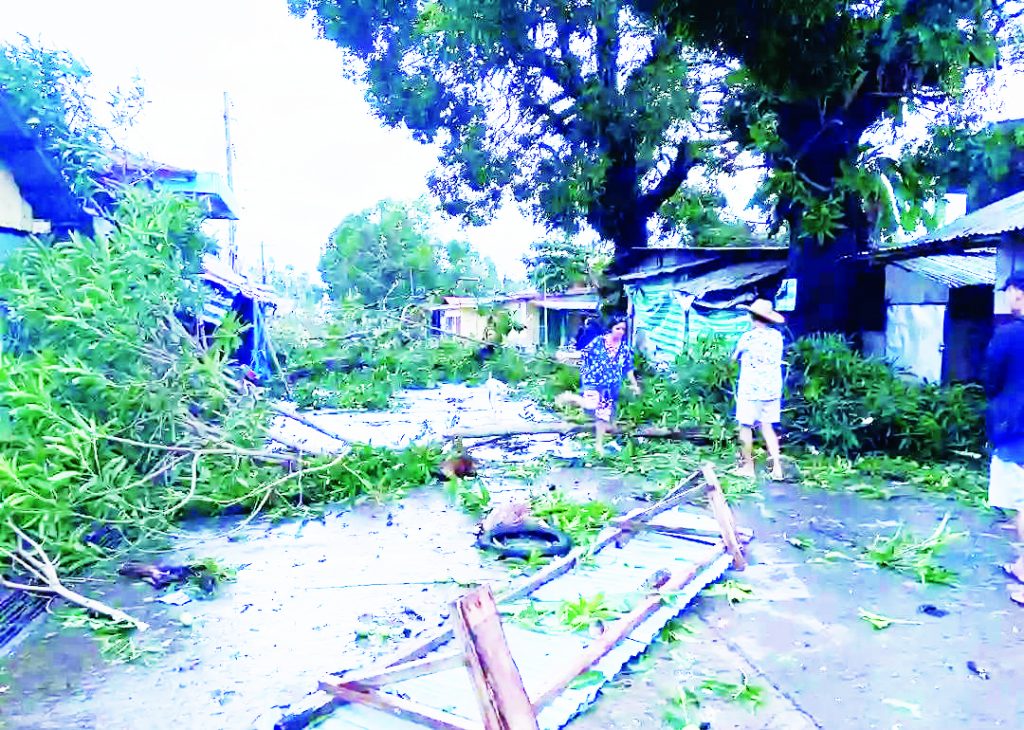TACLOBAN CITY — The municipality of Silago in Southern Leyte, where Typhoon ‘Tino’ first made landfall, has been placed under a state of calamity following the massive destruction brought by the storm on November 4.

The declaration, approved by the Sangguniang Bayan members, was made upon the recommendation of the Municipal Disaster Risk Reduction and Management Council (MDRRMC) headed by Mayor Lemuel Honor.
Mayor Honor said the local government had prepared for the typhoon’s arrival by conducting preemptive evacuations for residents in hazard-prone areas and prepositioning heavy equipment and relief supplies in strategic locations for clearing and immediate response operations.
After the typhoon’s onslaught, the municipal government reported that more than 5,800 families were evacuated to various shelters. Electricity and communication lines remain down, and the town’s main water supply was damaged, cutting access to safe drinking water.
Major roads leading to the municipality and its villages were also blocked by fallen trees and debris for several hours. Clearing operations by the Department of Public Works and Highways (DPWH), Silago Municipal Police Station, Philippine Coast Guard, and the Philippine Army later made these routes passable by midday of November 4.
Mayor Honor said the damage assessment is ongoing, particularly in the agriculture sector, which includes losses in the town’s hog and poultry industries.
The mayor appealed for additional assistance from the national and provincial governments, as well as non-government organizations and private donors, for food, drinking water, medicines, and hygiene kits to aid families still staying in evacuation centers.
“We appeal for your help. We welcome your assistance—may it be water or food—because we badly need it,” Honor said, adding that the municipality’s Quick Response Fund (QRF) under its 5% calamity fund is insufficient to meet the needs of all affected residents.
Despite the extent of the damage, Mayor Honor expressed relief that no casualties were reported during the typhoon, attributing the zero-death record to the town’s early evacuation measures and preparedness.
(ROEL T. AMAZONA)




